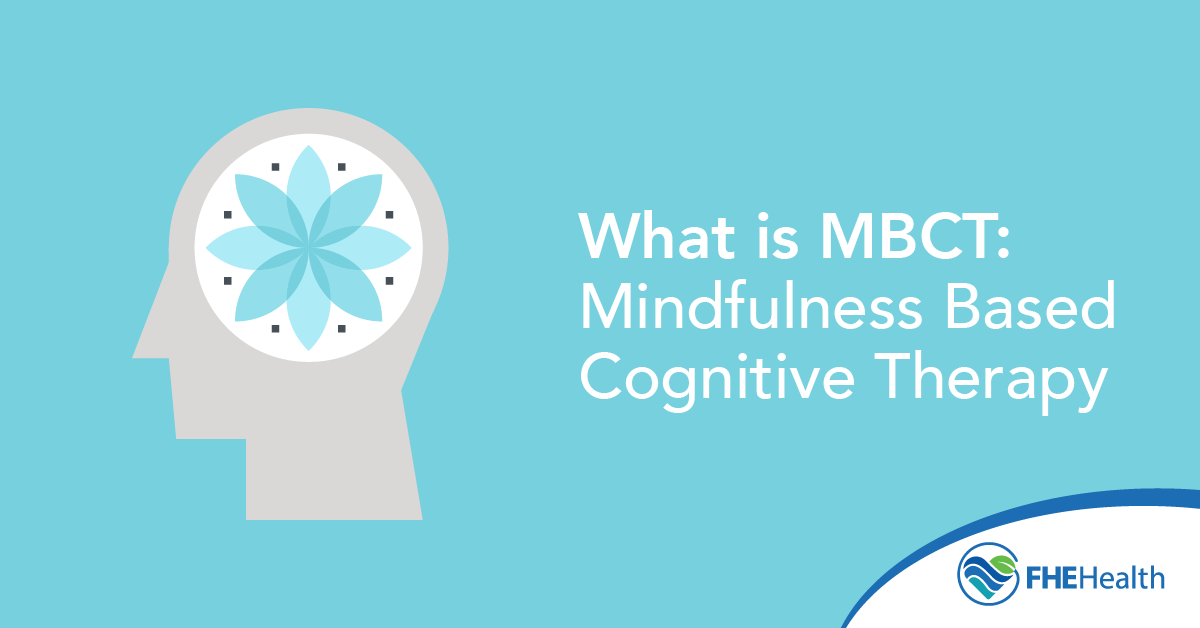
Depression is one of the most common mental health conditions. While it’s normal to feel unhappy during difficult times, those feelings usually dissipate once the situation improves. If you have depression, though, sadness can last weeks and even months and can change how you think, feel and react to daily life. Approximately 21 million adults 18 and older struggle with depression. Medication and traditional therapies can effectively treat the symptoms, but another method is also helpful: combining talk therapy with mindfulness practices. Mindfulness-based cognitive therapy doesn’t just address the symptoms of sadness. It helps people learn to recognize and manipulate their moods.
Introduction to MBCT and Its Origins
Approximately 50% to 85% of all individuals who’ve had a depressive episode and recovered from it will have at least one more episode in their lifetime. MBCT was developed in the 1990s by psychologists Zindel Segal, Mark Williams and John Teasdale specifically to help those who experience a depression relapse.
The psychologists noticed that for individuals who’d struggled with depression in the past, even the slightest dip in their mood could trigger a new episode. To stop this from happening, they combined mindfulness techniques with cognitive behavioral therapy.
How MBCT Combines CBT and Mindfulness Practices
Instead of trying to suppress negative thoughts, MBCT teaches you how to approach sadness and negative emotions as something that will soon pass and helps you turn your attention to the present. MBCT combines the effects of CBT and mindfulness.
Mindfulness Practices
Using mindfulness, you learn to focus on what’s happening in the present moment. Examples include:
- Mindful eating. When eating or drinking, pay attention to the taste, appearance and texture of what you’re consuming. Make note of the temperature and how it feels on the tongue. Place all your attention now on this one single act, and try to put everything else out of your mind.
- Exercise. Concentrate on how your body feels when you move it. Are you experiencing any aches or pains? How do your feet feel when they touch the ground? Focus on every feeling and sensation.
- Meditation. During meditation, you’ll eliminate all thoughts in your head and focus solely on your breathing. Learn how to bring your mind back to the moment if it starts to wander.
Cognitive Behavioral Therapy
Also referred to as talk therapy, CBT is one of the most popular treatment methods for mental health issues. You explore your thoughts, feelings and behaviors and discover how they’re connected. You also learn which feelings and behaviors are healthy and which aren’t. Your therapist helps you develop positive ways to respond to challenging situations.
Conditions Commonly Treated With MBCT
MBCT was designed to prevent depression relapses, and it’s a powerful tool for treating individuals who’ve had three or more depressive episodes. It’s also been proven effective for treating various other conditions.
- Anxiety. Coping mechanisms used to help individuals with depression are also useful for those with anxiety disorders. Patients learn how to ground themselves in the moment instead of constantly thinking about what could happen.
- Stress. Mindfulness techniques such as yoga and meditation help individuals manage their stress and enhance their mental well-being.
- Bipolar disorder. Bipolar disorder causes major mood swings and depression, which can be effectively managed with MBCT.
- Physical health conditions. MBCT may also be used to manage the psychological stress associated with chronic illnesses, pain and addiction.
Structure of a Typical MBCT Program
MBCT is an eight-session group therapy program. Each session lasts from 2 to 2 1/2 hours and may include:
- Awareness training. Being fully aware helps you learn how to identify what’s happening to your mind and body when you’re going through stressful situations. By learning to recognize the signs, you’re better equipped to work through negative emotions instead of reacting to them.
- Coping mechanisms. You develop the skills needed to step back and observe behavior patterns without losing control or feeling overwhelmed.
- Mindfulness sessions. These sessions include activities such as body scans where you focus on letting go of tension in different parts of the body. This is accomplished through deep breathing and mindful movement such as yoga.
- Group discussions. Participants share their experiences with the practices and interact with one another.
- Homework. Home sessions are part of the MBCT program. You receive mindfulness practice assignments that require you to apply skills you’ve learned in treatment to real-life situations.
Benefits and Scientific Support
Multiple studies have been conducted on the effectiveness of mindfulness on depression. Results show that mindfulness alone has a significant and positive effect that reduces many symptoms of depression. The studies showed that longer regimens of at least 8 weeks, such as those given with MBCT, provide greater benefit than shorter sessions. Research also suggests that online and app-based therapy is just as effective as traditional, in-person interventions. Combining mindfulness with other types of programs, such as cognitive behavioral therapy, produced even stronger results. Some benefits of MBCT include:
- Reduced impact of depression. MBCT reduces the length and intensity of depressive episodes.
- Increased resilience. Individuals who’ve gone through MBCT are better able to cope with daily problems. They also know how to better manage their moods without feeling overwhelmed.
- Reduced overthinking. Instead of being controlled by negative thoughts and feelings, patients learn how to analyze these occurrences and stop the downward spiral of depression before it starts.
- Acceptance of negativity as temporary. MBCT allows patients to accept sadness and depressive thoughts as temporary instead of letting them take hold of their lives.
Finding a Qualified MBCT Provider
Several mental health professionals can help with mindfulness practices, including psychiatrists, social workers, therapists and psychologists. When choosing a therapist, select one you feel comfortable with and can easily connect with. Look for a professional who’s devoted additional training to MBCT techniques. If you don’t feel like one professional is a good fit, visit several until you find the most suitable one. Having a therapist you feel comfortable with is vital to your success in any program. Ask for recommendations from family and friends or consult your general practitioner. Also, check online and read through reviews from other patients.
Get Help at FHE Health
If you’re looking for a mental health program, contact FHE Health to speak to one of our caring counselors. We can explore your options with you and match you with the program that best suits your needs.






